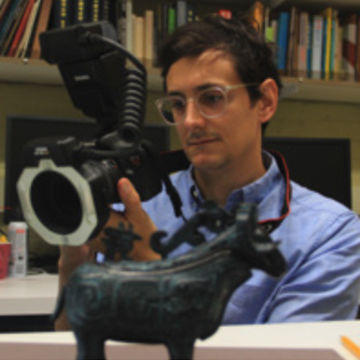Ancient Chinese bronze: Metallurgy as a ceramic craft
Matthew L. Chastain, PhD
Postdoctoral Scholar, Stanford Archaeology Center
Stanford University
Abstract:
In Shang- and Zhou-period China (c. 1600–256 BCE), bronze was a material of ritual and political power, used to make ornate sacrificial vessels and instruments of military force. To make objects fit for these cultural purposes, artisans employed a system of metallurgy unlike any other in the ancient world. Bronze was given shape by melting it down and casting it in complex molds composed of interlocking ceramic sections. My research has found that the accomplishments of ancient China’s bronze industry were made possible by the fact that foundry workers there developed a specialized class of ceramic materials, quite different from pottery clay or other familiar ceramics, for use in making bronze-casting molds. In this talk, I will explain how I used materials science methods to reconstruct this forgotten technology and to better understand the social context of bronze production in ancient China.

488 Escondido Mall, Stanford, CA 94305
106